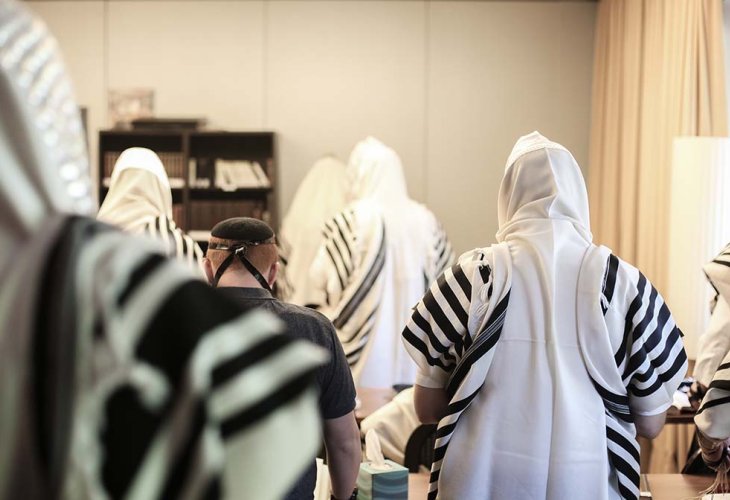Beginners Guide
The Beginner's Guide: Praying in the Synagogue – What to Do When You Lose Your Way?
Eight tips for praying at the synagogue.
 (Photo: shutterstock)
(Photo: shutterstock)Those at the beginning of their spiritual journey often express that they feel embarrassed during synagogue prayers when they lose the place of the congregation. They feel confused, flipping forwards, backwards, and then forwards again. Sometimes the congregation stands, sometimes they sit, and newcomers try to follow their movements and imitate them without understanding why, when, or what for. Every beginner goes through this stage as they are gaining familiarity of the siddur and the prayer cycles.
The prayers of Rosh Hashanah and Yom Kippur are especially long due to the holiness of these days. The purpose of these prayers is to awaken us and remind us of the purpose of our lives, the reason we came to this world, and our important mission. This awakening aims to help us mend our ways and return to repentance. Additionally, these are powerful days with critical importance as our entire destiny is determined during this time, and it is therefore important to engage in much prayer.
What do you do when you have no prior acquaintance with the prayer cycle? What can you do in the middle of a synagogue prayer when you are lost and confused? Below are some helpful tips:
1. Use the type of siddur that most congregants are using. Synagogues usually provide the same type of prayer cycle book so that you can easily align yourself by glancing at the page number of the person next to you.
2. Sit next to someone you feel comfortable asking for direction during the prayer. If you find an elderly person who might find your questions burdensome or a child who may not be helpful, it’s better to find another seat. Don’t forget to ensure that the person next to you has the same prayer book that you are using.
3. Choose a seat further back to easily observe which parts involve standing or sitting.
4. Before the holiday begins, find time during the day to quickly familiarize yourself with the prayer cycle. Review the different parts of the prayer and read the small notes written there. You can highlight or underline in pencil (before the holiday begins) under notes indicating common practices for the next part, such as sitting, standing, repeating certain parts, etc.
5. The Mishna in Avot says "A bashful person cannot learn," and this is the most obvious but also the most important tip – just ask, even with a slight hand gesture meaning "where?"
6. Find time before the holiday to read about the different parts of the prayer. Understanding their meaning and simple explanation will help you connect with the prayer and become more familiar with it.
7. Let go of the embarrassment and remember that congregants don’t notice your lack of familiarity with the prayer. Everyone is in their own prayer book and is less aware of what's happening for those around them.
8. Even if you miss parts of the prayer, accidentally skip sections, or feel confused, remember that Hashem sees your effort, diligence, and desire, and this of course is considered and beloved by Him.
The Weekly Challenge
The prayers of Rosh Hashanah and Yom Kippur are crucial prayers that influence the entire year. Make an effort to be present at these prayers in the synagogue.

